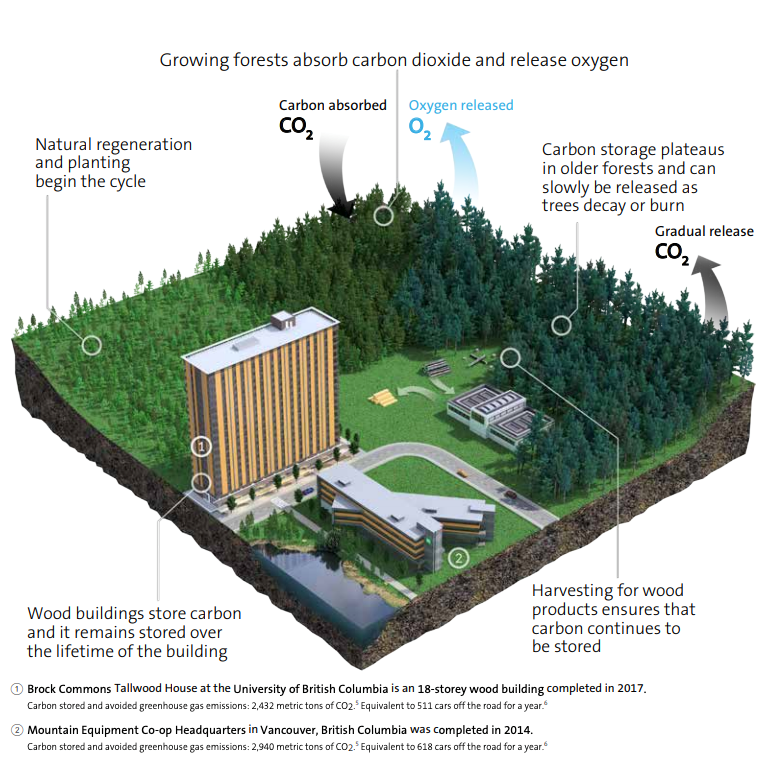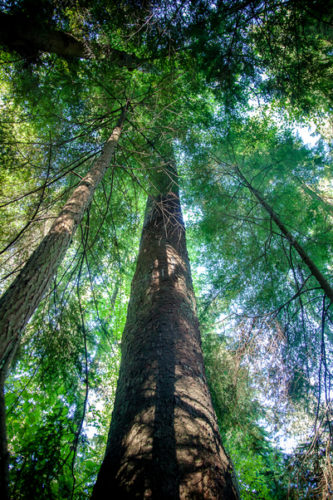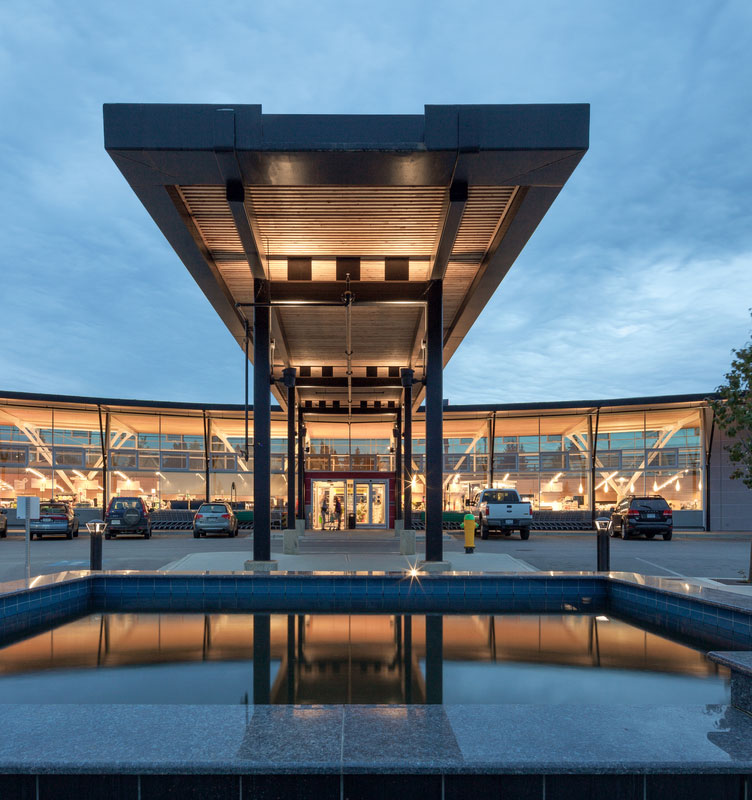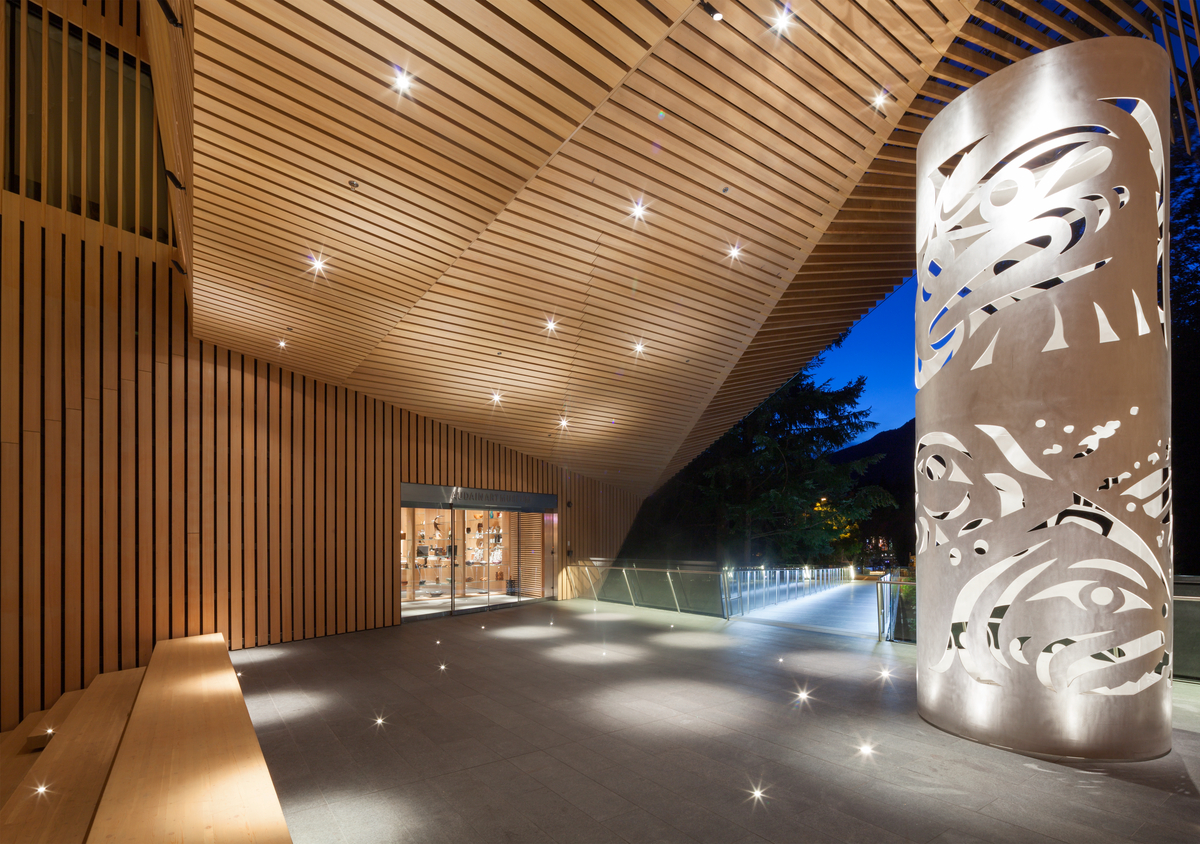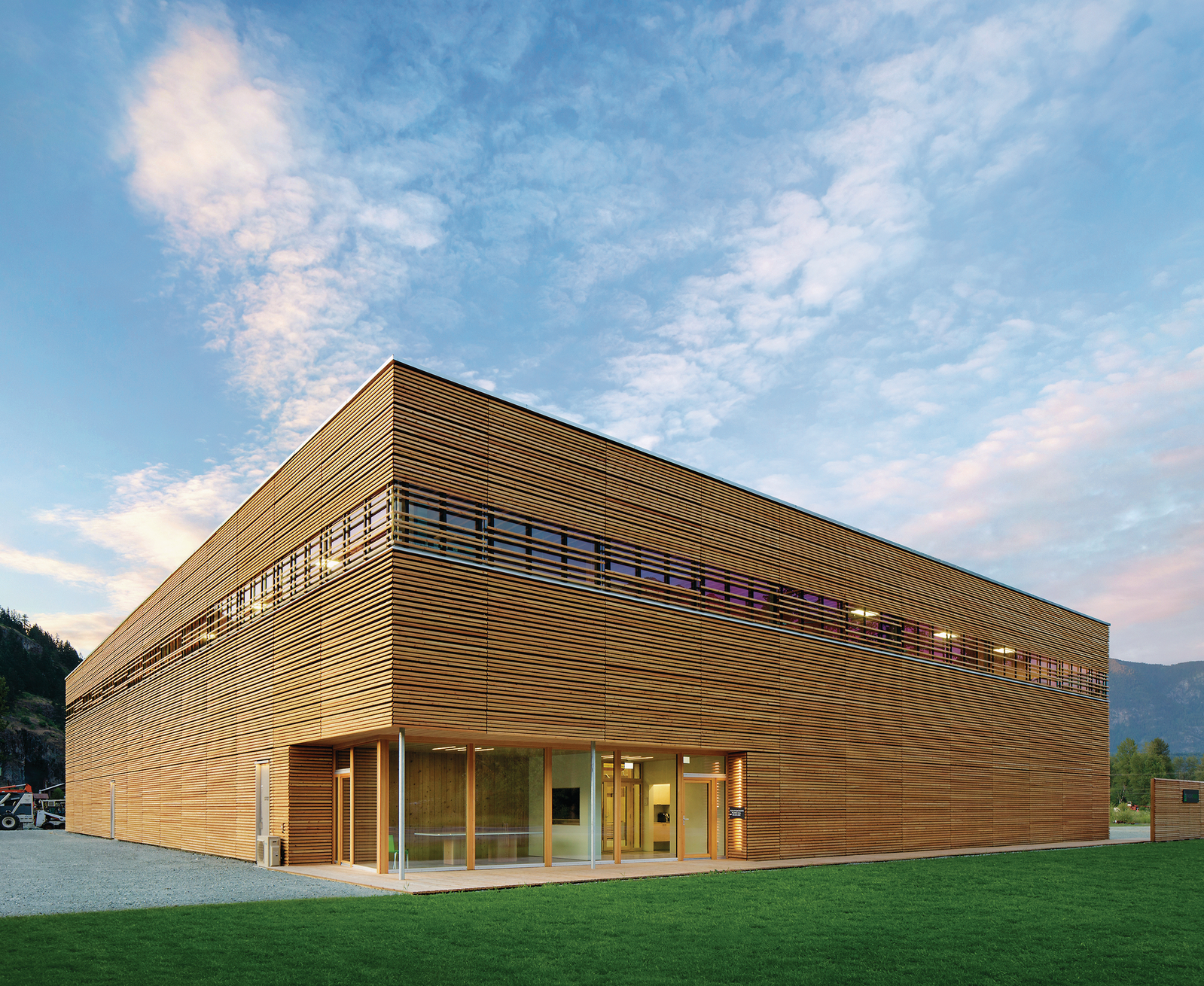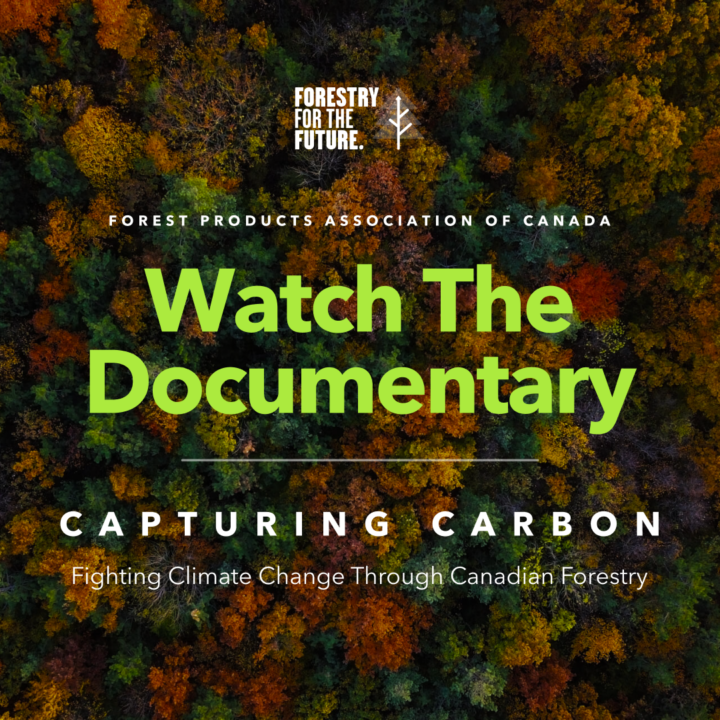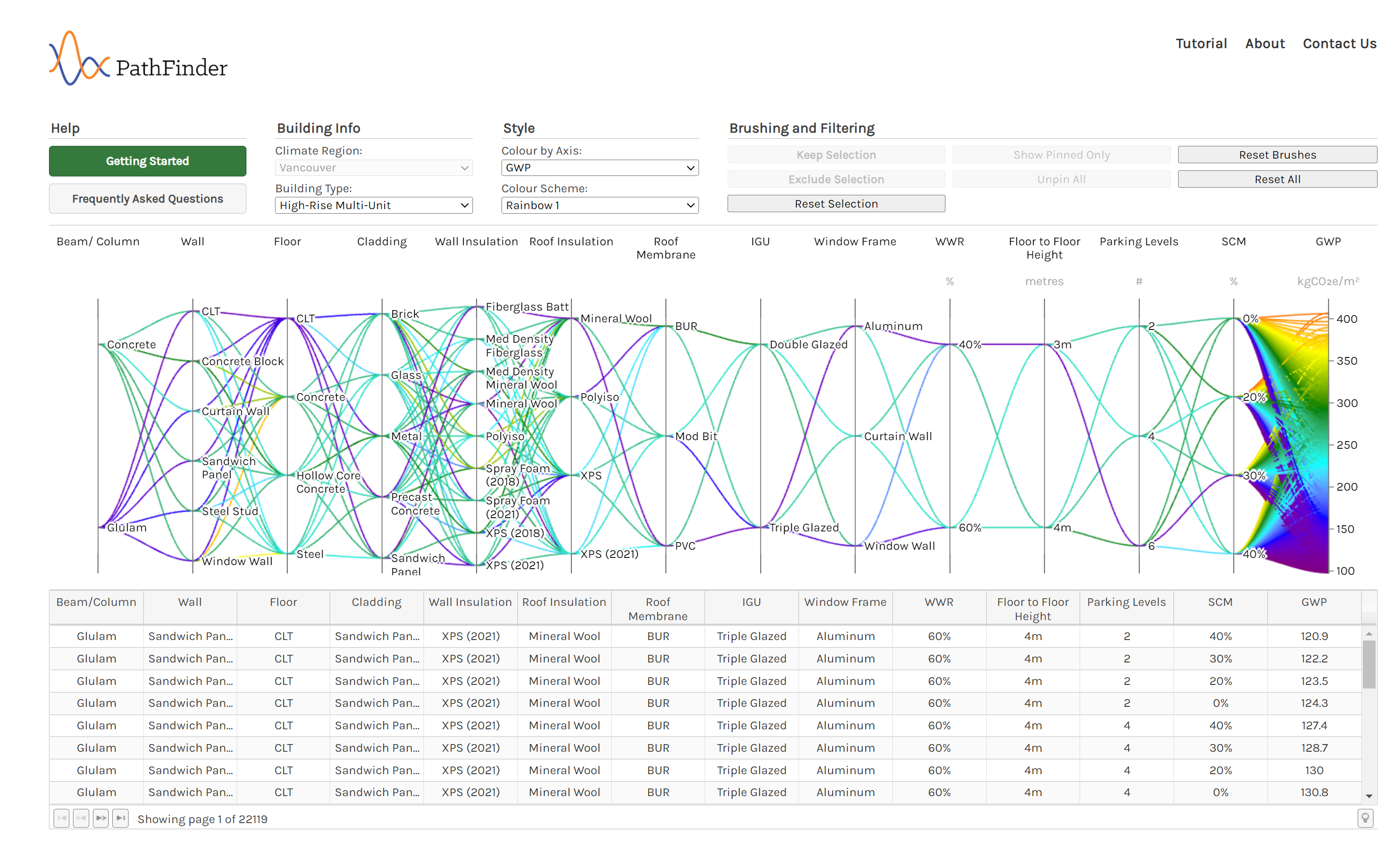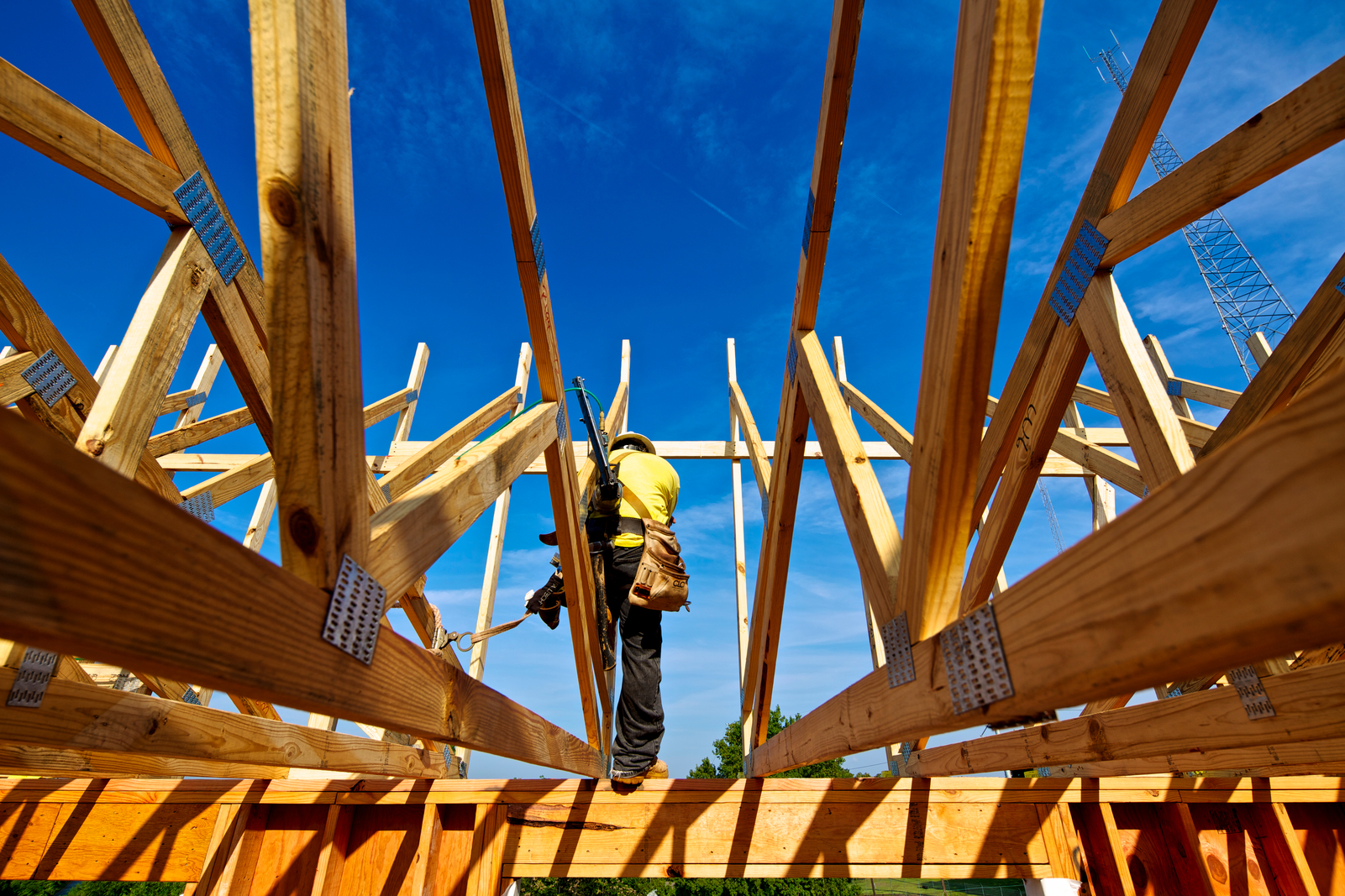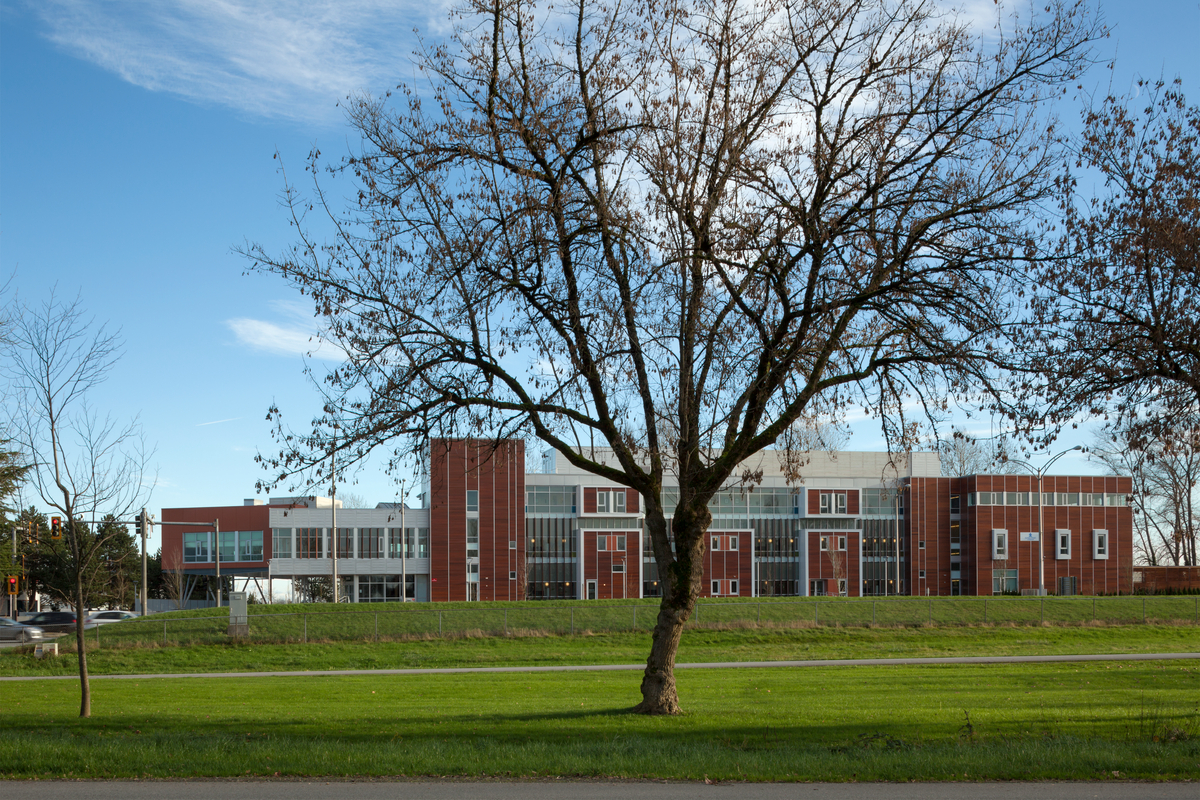Climate science
Forests are a vital part of the carbon cycle
Scientists agree and the evidence is clear: the greenhouse gas (GHG) emissions we generate, primarily as a result of fossil fuels, are the leading cause of global warming and related volatile weather patterns. The negative impacts of climate change are a threat to the world’s forests, oceans, waterways and vital ecosystems.
Closely related to climate change is the earth’s carbon cycle. The carbon cycle refers to the continuous transfer of carbon from land and water to the atmosphere and living things. Forests are a vital part of this carbon cycle, both storing and releasing it in a dynamic process of growth, decay and renewal.
